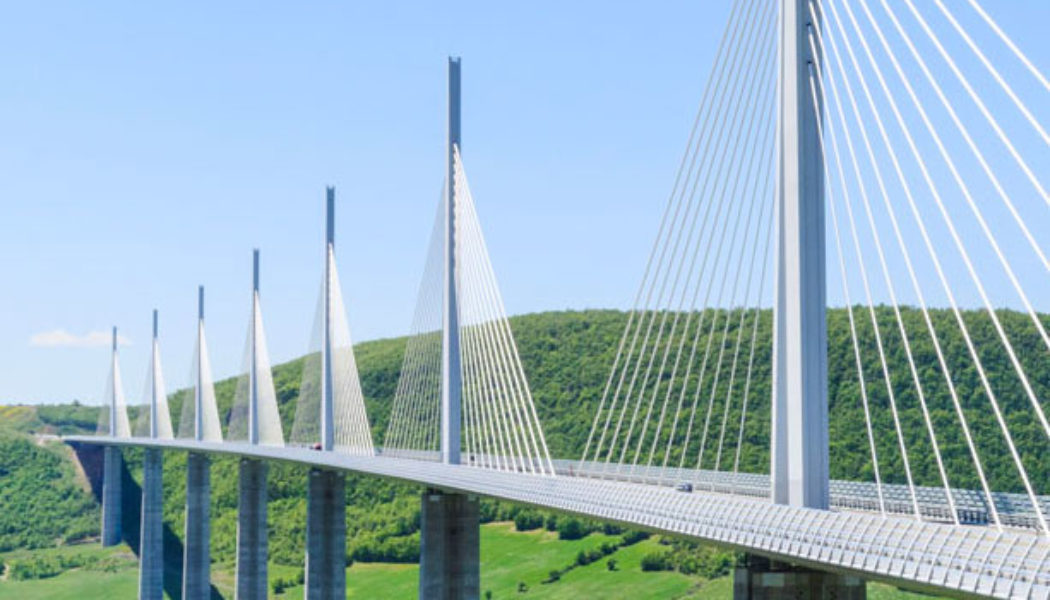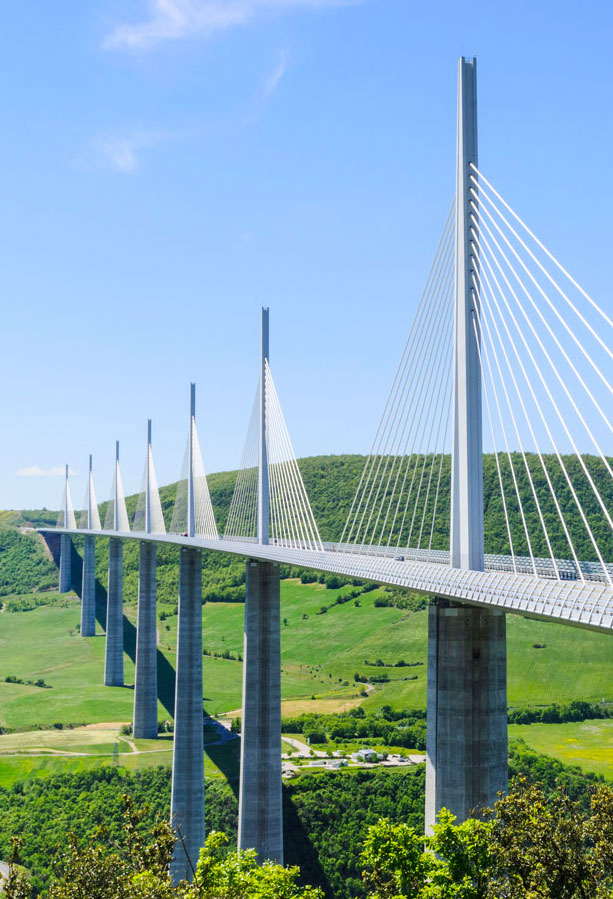Humans have been building bridges since at least 4000 BCE, and since then, spans have become ever more ambitious. As some of the most challenging construction projects on the planet, they require careful consideration of gravity, tension, compression, and the landscape in which they are built. But when complete, bridges can become not only feats of engineering but also stunning architectural landmarks that stand the test of time. Here are seven of the world’s most unique bridges you can drive across.
Millau Viaduct – France
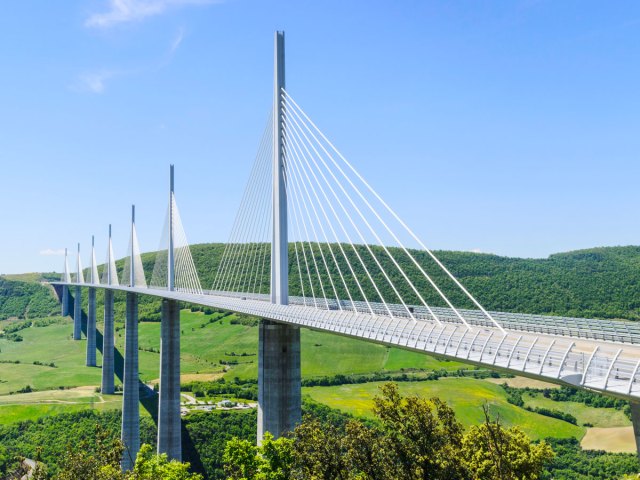
The Millau Viaduct is the tallest bridge not only in France but also Europe — the Eiffel Tower would fit comfortably beneath it. Reaching 1,130 feet tall, the cable-stayed bridge, which carries the A75 motorway that links the city of Clermont-Ferrand with the towns of Béziers and Narbonne, spans the Gorges du Tarn (Tarn Gorge) in southern France.
Its elegant and graceful design was the vision of British architect Sir Norman Foster, who collaborated with French engineer Michel Virlogeux to build the incredible structure from 2001 to 2004. The thin and slightly curved steel road bridge rests on just seven slim pillars, touching the ground in only nine places.
Laguna Garzón Bridge – Uruguay
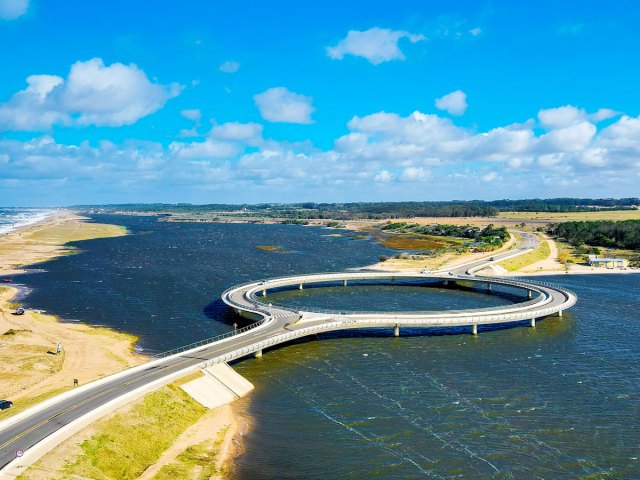
Authorities in Uruguay approached architect Rafael Viñoly to create a bridge as an alternative to ferry crossing over Laguna Garzón. The ferry could only transport vehicles across the water in calm weather during the day. But since the coastal lagoon on the Atlantic had a fragile ecosystem crucial for birdlife, a bridge couldn’t interfere.
After 15 months of construction and an investment of roughly $11 million, the bridge was unveiled in December 2015. But this is no ordinary structure. The bridge uses as few pillars as possible but most impressively, has a circular design to deter drivers from speeding. Pedestrians can also access the bridge to take in the extraordinary views and fish in the central pond.
Confederation Bridge – Canada
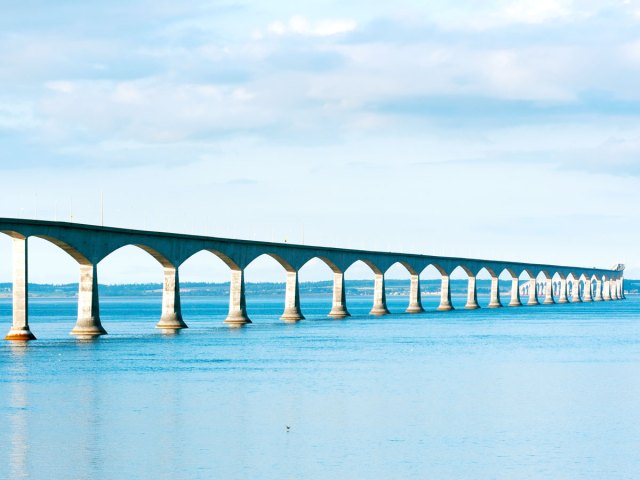
Even sturdy bridges can still create white-knuckle experiences for drivers. The Confederation Bridge connects the Canadian provinces of Prince Edward Island and New Brunswick over the Northumberland Strait. This is the longest bridge spanning ice water in the world, sitting roughly 197 feet above sea level at its highest point.
For five months during the winter, the water flowing beneath the bridge is filled with chunks of ice. It’s so serious that the bridge’s piers have breakers to prevent any serious damage from ice crashing into them. As if that’s not enough, wind gusts are dangerously common due to the bridge’s location on open water. As a consequence, the Confederation Bridge website monitors and provides real-time wind conditions 24 hours a day.
Tower Bridge – England
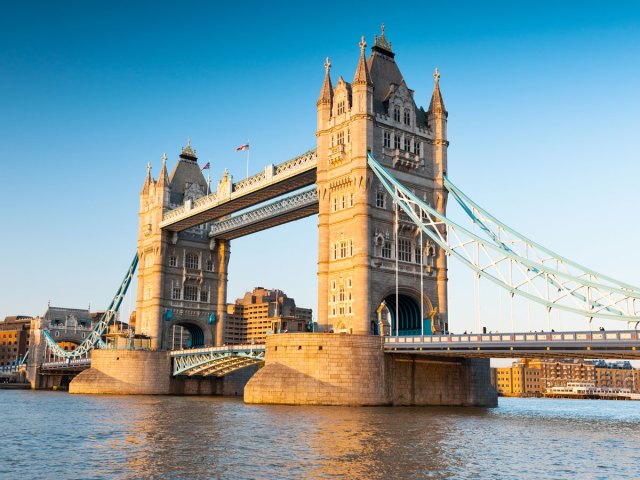
The Tower Bridge crosses the River Thames beside the Tower of London. Designed by Sir Horace Jones and built between 1886 and 1894, the span remains one of London’s most distinctive and best-loved landmarks. The river is navigable upstream of this point, so any vessel that’s too tall to fit beneath it must notify bridge personnel in advance to get the bridge raised. If watercraft fail to report their expected time of passage, the crash is likely to be headline news. The now-commissioned Spanish oil tanker Monte Urquiola hit the bridge three times in the span of 10 years.
The Tower Bridge is what’s known as a bascule bridge (“bascule” is French for seesaw). Since 1976, oil and electricity have driven the bascules in place of steam. Visitors can see the engine rooms and machinery at work in the tower’s museum and walk across a glass floor while vehicles move below.
Eshima Ohashi Bridge – Japan
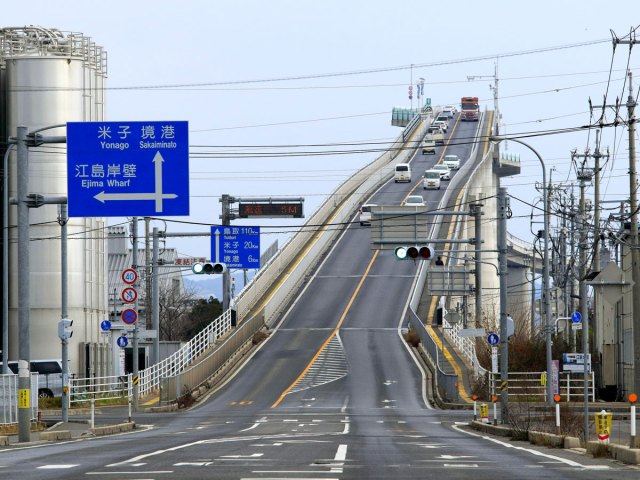
The Eshima Ohashi Bridge in Japan is considered one of the most daunting bridges to cross and is often referred to as the “Rollercoaster Bridge.” The bridge has some of the steepest gradients in the world, reaching 6.1% on one side and 5.1% on the other. But there’s a real purpose for these intense inclines.
The bridge is only a mile long and must reach a height of 144 feet so that ships can safely pass beneath it on Nakaumi lake. The bridge that Eshima Ohashi replaced had a more traditional drawbridge design, but when it was open, vehicles had to be halted in order to allow time for the boats to pass, leading to traffic jams.
Duge Beipanjiang Bridge – China
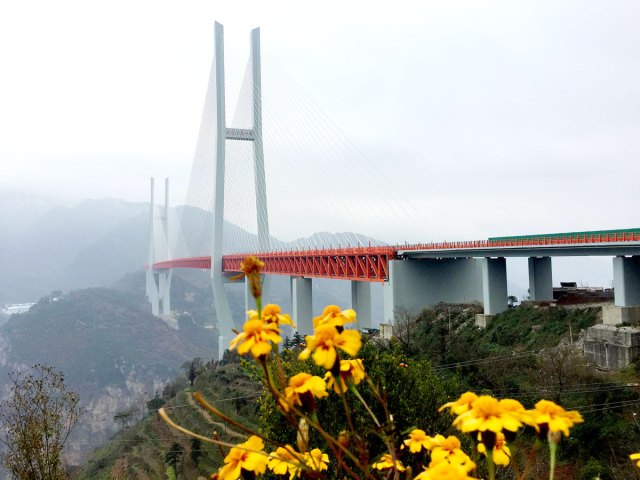
It’s no secret that China has been beefing up its infrastructure in recent years. This means there are massive construction projects and numerous new bridges around the country that currently hold world records. One of these bridges is the Duge Beipanjiang Bridge, which currently holds the title of the world’s tallest bridge. Soaring nearly 1,855 feet high — the equivalent of a 200-story skyscraper — the bridge connects Guizhou and Yunnan provinces in southeastern China and crosses the Beipanjiang Grand Valley.
Lake Pontchartrain Causeway – Louisiana
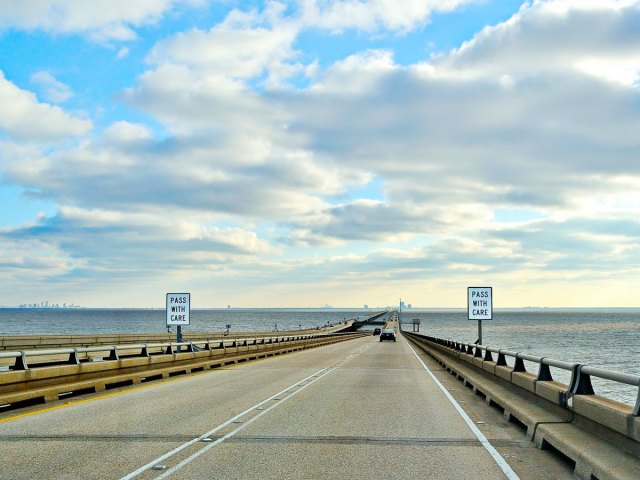
If you’re not from Louisiana, you probably first heard about the Lake Pontchartrain Causeway during Hurricane Katrina in August 2005, when it suffered serious damage. It was later repaired, and the bridge is now listed as a National Historic Civil Engineering Landmark by the American Historical Society.
Until 2016, the causeway was considered the longest bridge in the world until it was unseated by the Danyang-Kunshan Grand Bridge in China. After some contention between parties in the United States and China, Guinness created a new category to clarify any confusion. Today, the Lake Pontchartrain Causeway is the longest continuous bridge over water in the world — spanning 24 miles.


The world is waiting.
Daily Passport is your ticket to the four corners of the earth. Start exploring today.
By subscribing you are agreeing to our Privacy Policy and Terms of Use.
